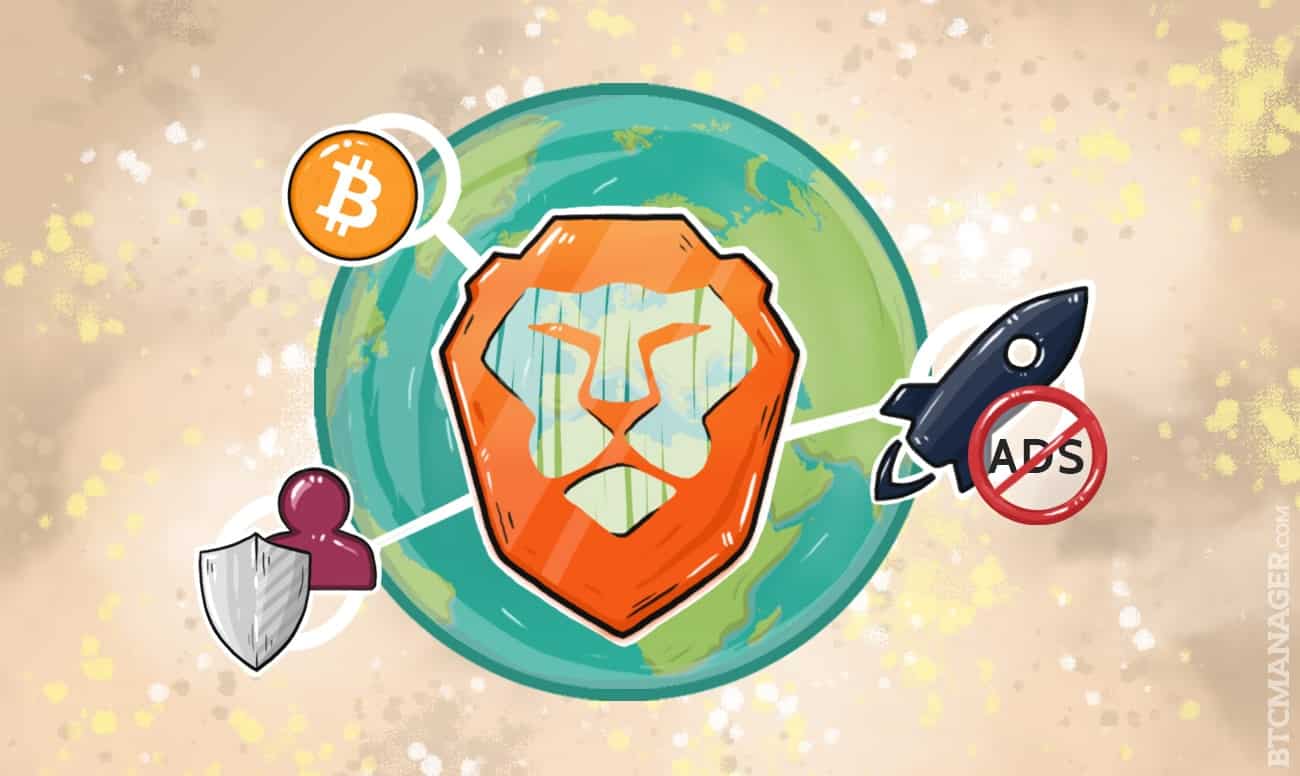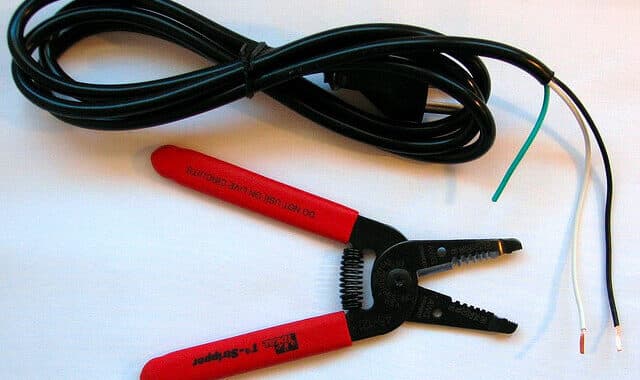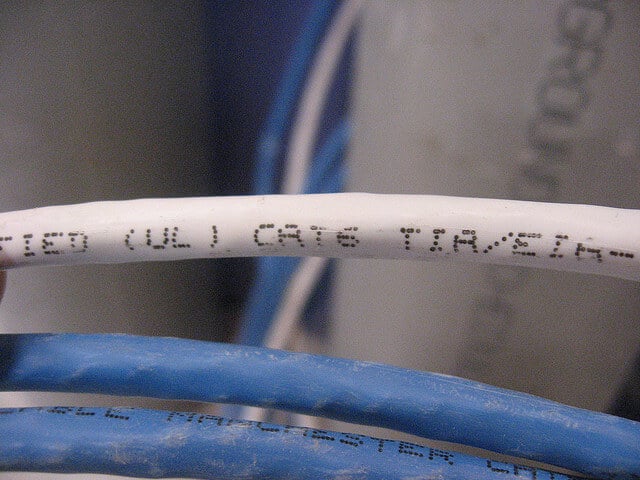Most SEO articles and tips focus solely on “keywords”. However, we will focus on long tail keywords which actually may have more opportunity to attract your target audience at a low cost.
Long tail keywords are generally comprised of three or more words in order to make the search much more specific. Even though short term keywords make for larger search volumes, much of their search results get taken away by large websites of the niche. Long tail keywords lead to more specific searches, which means that those who encounter your content through a long tail search will be truly interested in what your website is offering specifically to them.
For example, if your website specializes in selling music instruments in Raleigh, North Carolina, using the short term keyword “electric guitar” won’t be enough because typing those words into Google will generate thousands of results, of which the first few pages may be full of top niche and big established retailer websites.
Someone actually looking to buy an electric guitar may not just type in that short keyword. Wanting to be more specific, this person may use terms such as “electric guitar with flames in raleigh nc”. Right there at the top of those search results is where you want your website to be.
When it comes to long tail keywords, it’s all about quality over quantity.
Why You Should Focus On Long Term Keywords
If you’re still not convinced, here’s a wider list of benefits to using long term keywords.
- Get higher rankings on search engines. Since the top websites for your niche may get the first spots of searches, you need to get more specific and target those in the less searched terms category. You will face less competition by not having to fight with more established/big box retailer websites. Using long tail keywords strategically allows you to aim for higher rankings in a shorter period of time while attracting and building the audience you’re aiming for.
- Get better SEO benefits. Long tail keywords help search engines recommend your content to the right audience.
- Improve CRO for your e-commerce. Long tail keywords are a great strategy for e-commerce websites to improve their conversion rates. Like the example we made earlier, people who search for “electric guitar with flames in raleigh nc” may be much more likely to make a purchase than those simply searching for “electric guitars”.
- Long tail keywords are easier to include naturally into your content which makes it look less like you’re trying to sell something and more like you’re actually handing out useful information to your audience.
How To Use Long Tail Keywords:
The first thing you want to do is find the right long term keywords for you. This process consists of in depth keyword research over long periods of time. There are many paid & free tools in the SEO world, some from Google and other sources.
Once you have your long tail keywords, you can start creating content and including them in your existing content, starting with your URL and page/post titles. They can also be included in your paragraph leadings, body, as well as any internal links to your own related content and external links. You can even include them in images and meta descriptions!
Finally, don’t forget to track your long tail keywords performance so you can be certain you’re on the right track and are getting the most benefit out of your efforts.











 Figuring out why your webpage/website isn’t loading as fast as you’d like is a matter of thinking through the different components that make up your website. Each webpage is made up of the following:
Figuring out why your webpage/website isn’t loading as fast as you’d like is a matter of thinking through the different components that make up your website. Each webpage is made up of the following: